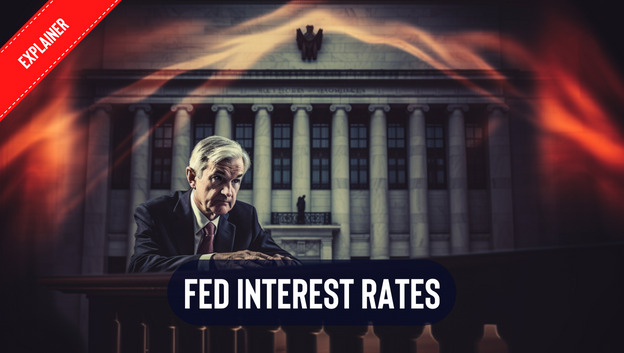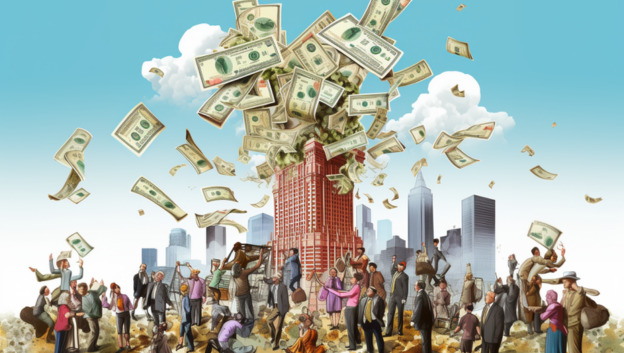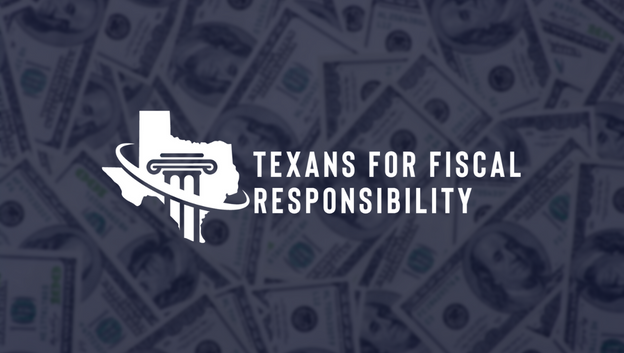
What They Are and How They Affect You
Last week, the U.S. Federal Reserve’s Federal Open Market Committee (FOMC) increased the Federal Funds Interest Rates to 5.25-5.50%, for a 22-year high. This follows almost a year and a half of consistent rate increases since the Federal Funds Rate was at a historic low point of nearly 0% in March of 2022.
This new rate increase has caused many people to stop and wonder: What is all this talk about? What is the Federal Funds Interest Rate, and how does it affect me?
The Federal Reserve
First, we must have a basic understanding of the Federal Reserve. Created by Congress in 1913, the Federal Reserve acts as the central bank for the United States and has been charged with the goals of “maximum employment, stable prices, and moderate long-term interest rates.” Or, put simply, its objective is to help moderate the economy between running too hot (leading to inflation) or too cold (leading to high unemployment and recession).
One could argue whether the Federal Reserve has accomplished these goals set forth by Congress or whether the Fed has perhaps caused more harm than good—but that is a discussion for another article. Nonetheless, one of the main tools in the Federal Reserve’s tool chest for moderating the economy is through setting interest rates, particularly the “Federal Funds Rate.”
How It Works
When talking heads and news articles discuss “the Feds raising rates,” they are talking about the Federal Funds Interest Rate (also known as the Fed Funds Target Rate).
The Federal Open Market Committee, part of the Federal Reserve, sets the target range for the rate during its regular meetings. This becomes the main reference point for interest on loans. Because the amount of funds held in reserve by banks changes every day, banks must sometimes borrow money overnight to meet certain federal regulatory requirements regarding reserve funds on hand.
Thus, banks are borrowing money at the Federal Funds Interest Rate, which influences the loans that the bank gives out, as well as other aspects of the economy.
Impacts on the Economy
So, what is the impact of the change in these interest rates?
When the Federal Reserve lowers interest rates, the cost and risk of borrowing money is low; thus, the rate of money moving through the economy increases, and money is easier to come by. Easier money means higher inflation rates (inflation simply being the value of a certain currency in relation to the amount of goods and services it can purchase).
When the Federal Reserve raises interest rates, it raises the cost or price of taking out loans. This increase in cost raises the risk and expense of taking out a loan, which ultimately lowers demand and slows the flow of money through banks and the entire economy. This has the effect of slowing down the rate of inflation and making the currency more valuable in relation to the goods and services it can purchase, because there is less of it in circulation.
Impact On Your Pocket Book
Everyone knows that the price of goods and services has seen record increases over the last three years. This is inflation in action. Easy money and more money contribute heavily to the decrease in the purchasing power of that money. Inflation hurts individuals, families, and small businesses the most, and it acts like a hidden tax.
The connection between interest rates and the supply and demand of money in our current system is one of the reasons why the Federal Reserve has raised Fed Funds Rates for the 11th time since March of 2022. At that time, the Fed Funds Interest Rate was at a record-low rate of 0-0.25% … essentially zero. As of July 26th of this year, it has reached 5.25-5.50%.
The Federal Reserve is attempting to artificially control the amount of money that is available and in circulation, thereby lowering the rate of inflation.
The rate of inflation has come down from its record high of more than 9% in 2022 to an average of almost 5% in 2023. However, it remains to be seen if the downward trend will continue and if the economy—but more importantly, American families—will survive.
Texans for Fiscal Responsibility relies on the support of private donors across the Lone Star State in order to promote fiscal responsibility and pro-taxpayer government in Texas. Please consider supporting our efforts! Thank you!
Get The Fiscal Note, our free weekly roll-up on all the current events that could impact your wallet. Subscribe today!




